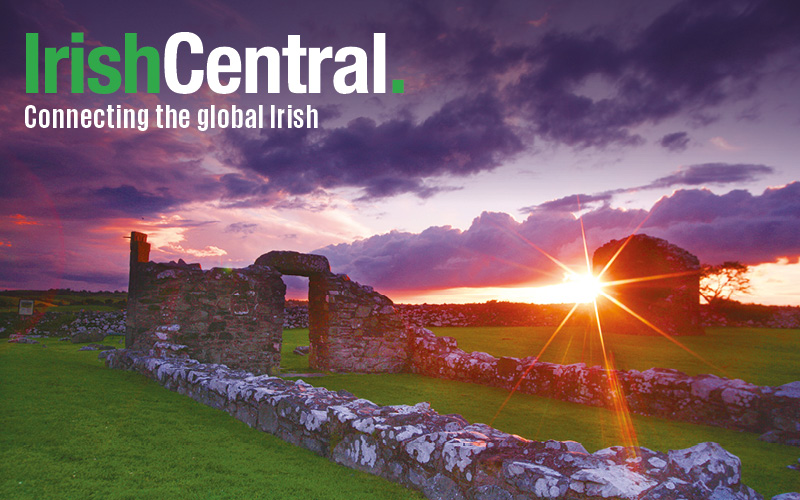1. Michael Collins
The Big Fella was the most wanted man in the British Empire during the Irish War of Independence from 1918 to 1921. The British offered a reward of $15,000 for his capture – the equivalent of $300,000 today.
Yet no one turned him in, and Collins fought the British to a standstill, leading to the truce and the negotiations that led to the partition of Ireland.
2. Dan Breen
Breen, from Tipperary, played a key role in the first act of the War of Independence when he and Sean Treacy led an ambush party at Soloheadbeg that killed two RIC policemen.
He later recalled:
"...we took the action deliberately, having thought over the matter and talked it over between us. Treacy had stated to me that the only way of starting a war was to kill someone, and we wanted to start a war, so we intended to kill some of the police whom we looked upon as the foremost and most important branch of the enemy forces...The only regret that we had following the ambush was that there were only two policemen in it, instead of the six we had expected..."
Breen had a $16,000 price on his head, however, and he was known as a ferocious guerrilla fighter. He was shot four times in one raid but he survived. He was later elected to the Irish parliament as an anti-treaty republican and lived in America for a time, where he ran a speakeasy and supported the Germans in the Second World War. He later went back to Ireland and won his seat back; he died in 1969. Ten thousand attended his funeral.
3. The Wild Colonial Boy Jack Donohue
Jack or John Donohue was the Wild Colonial Boy and an Irish deportee to Australia originally from either Kerry or Dublin, depending on the source.
He escaped from prison and became a notorious bushranger in Australia and terrorized the areas outside Sydney for eight years.
A contemporary whom he robbed stated:
"Donahue was the most insignificant looking creature imaginable, and it seemed strange that such as he was able to keep a country in terror for eight years. He was attired in a velveteen coat and vest, cabbage tree hat, moleskin trousers, and a blue nankeen shirt, with a heart worked on the breast in white cotton.”
He was Australia’s most wanted man with a $200 price on his head - a fortune for the time. On September 1, 1830, John Donohoe was shot dead by the soldier John Muckleston following a shootout between bushrangers and troops at Bringelly, New South Wales.
The Sydney Gazette, on behalf of all respectable citizens, rejoiced at John Donohue's death.
4. Ned Kelly
Ned Kelly was an Australian bushranger of Irish descent, viewed as a folk hero by millions. His father was from Tipperary.
After his home was attacked, he took to being a highwayman and often gave proceeds of his robberies to the poor. A reward of $500 was laid on his head.
He was captured at Glenrowan on June 28, 1880, and hanged at Old Melbourne Gaol in November 1880. He remains an iconic figure in Australian life.
5. Michael Dwyer
Michael Dwyer, “The Wicklow Chief,” was a leader around the time of the Irish rebellion in 1798.
He was a cousin of Anne Devlin, who would later achieve fame for her loyalty to the rebel cause following the suppression of Robert Emmet's rebellion.
Dwyer joined the Society of United Irishmen and, in the summer of 1798, he fought with the rebels as captain under General Joseph Holt in several battles.
He took to the Wicklow Hills and he and his men tied down thousands of troops in the search for him. Hundreds of pounds were offered for his capture.
Eventually he surrendered under guarantee of safe passage and was transported to Australia, where he arrived a free emigrant.
He was accompanied by his wife Mary and their eldest children and also by his companions, Hugh 'Vesty' Byrne and Martin Burke, along with Arthur Devlin and John Mernagh. He was given a grant of 100 acres of land on Cabramatta Creek in Sydney. After many adventures in Australia including being jailed for advocating a rebellion and later becoming a police chief and developing an alcohol problems he died in August 1825. There is a memorial to him in Sydney.
*Originally published in September 2014.




Comments